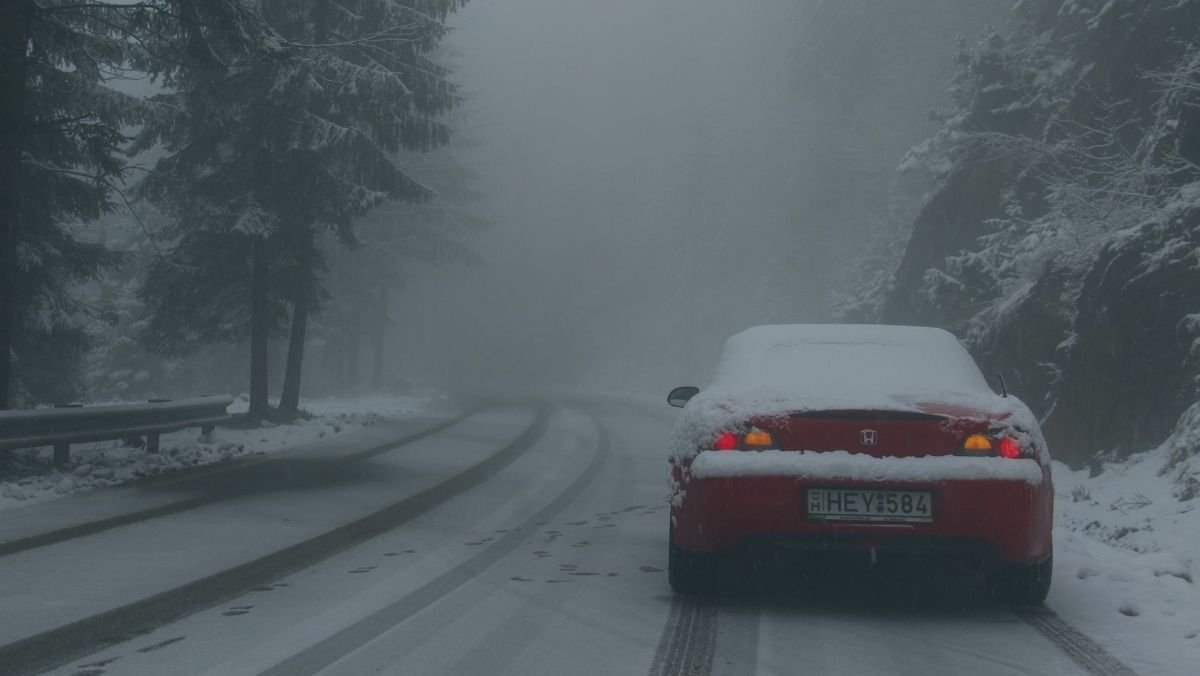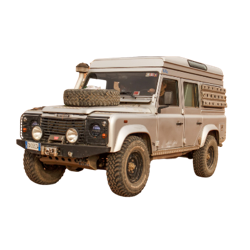Winter is one of the more difficult seasons for vehicle owners. Freezing temperatures, icy conditions, and snow impact both you and your car.
Knowing how to prepare your car for winter does more than offer you peace of mind; it can keep you safe in dangerous weather. Do not wait until it is too late. Regardless whether you’re planning to drive long distances or not.
There are two main processes that you can follow, in order to prepare your car for winter: Vehicle Check-up and Vehicle Upgrade.

Give Your Vehicle a CHECK-UP
Before the snow hits, it would be advisable to take your car in for a tune-up. You can discover potential issues before they become a problem on the road.
The following should be checked by either a mechanic or yourself to make sure that you are ready for winter:
- Check your tires
- Service the brakes
- Test your battery
- Perform radiator maintenance
- Inspect wiper blades and fluid
- Make sure your lights are working
- Check the defrost and heater
- Top off fluids
- Run diagnostics
Check Your Tires
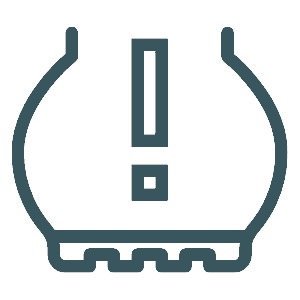
Tires are the point of contact between the vehicle and the road. Check your Owner’s Manual to determine what the ideal tire pressure should be, and then check each tire.
Fill low tires to the proper pressure or relieve the air pressure should the tires be over-filled.
A good tire tread is necessary for the snow and ice. It helps to maintain contact with the road by flexing, and it offers a path for water to escape from as the tire rolls across the surface.
The simple way to check your tread is to perform a visual inspection, looking for tire damage. Also, take a penny and insert it into the tread valley at various points on the tire. Point Lincoln’s head towards the tire; if you can see all of his head, it is time to replace them.
It’s advisable to fit winter tires on your vehicle if you live in an area where temperatures can drop below 43 degrees Fahrenheit (6 degrees Celsius). Winter tires perform much better (therefore they’re a lot safer) in colder temperatures, not only in snow or on ice.
Service The Brakes

Now is the time to make sure that your brakes are in good condition. Replace worn discs and pads before the snow starts to fall.
Inspect the brake lines for cracks or nicks that could worsen in the cold.
Finally, top off your brake fluid to the proper levels.
Test Your Battery

Have your battery inspected by a mechanic before winter. They can use diagnostic equipment to make sure that your battery is operating at its full capacity.
You can also perform some maintenance yourself. Cleaning corrosion off of the battery posts and cable connectors provide proper contact.
If the battery cells have removable caps, you can also top-off cells that are low on fluid.
You can also check your battery yourself – all you need is a good multimeter.
Perform Radiator Maintenance

Inspect your cooling system for damage. That will include inspecting the hoses and the clamps that hold them in place. You should also check the wear and tightness of your drive belts.
Consider flushing your coolant if it is due. You need to make sure it is at the proper level and of the right concentration at the least. Check your Owner’s Manual for the correct mix (50-50 water and antifreeze, for example).
Inspect Wiper Blades And Fluid

Use your blades and fluid to clean the front window.
If you see streaks, you should replace the blades.
Also, make sure to top off your washer fluid so you can keep the window clean from the dirty snow and water.
Make Sure Your Lights Are Working

Wait until you have low-light conditions at dawn or near dusk. Start your vehicle and verify that all of your running lights are operating.
Have someone assist you or back up near a wall so that you can test your brake lights as well as your reverse lights. You can also turn the car around and check that your brights are working.
If your headlights are pointing lower than they should, take the time to adjust them. You can also clean the covers to provide maximum light output.
Don’t forget to check your dashboard, interior, hood, and trunk lights. Replace burnt-out bulbs and fuses.
Check The Defrost And Heater

More than likely, it has been a few months since you used the heater and window defrosters.
Take advantage of the cooler fall mornings by testing your window and mirror defrosters.
Also, run your heater and test all vents and adjustments to identify problems before the temperatures drop below freezing.
You can consider installing an extra car heater for better performance, especially if you live in northern or mountainous areas.
Top Off Fluids

Battery, brake, radiator, and wiper fluids are not the only liquids you need to fill. Motor oil is the “life-blood” of your automobile, so it needs to be changed and filled to the recommended level.
Maintain the power steering fluids so that you have maximum directional control on slippery roadways.
Do not forget your transmission until it begins to slip.
Winter driving can place a lot of stress on it and the gearbox, so keep the oil at the manufacturer’s recommended levels.
Run Diagnostics

Mechanics can perform an inspection of your car or truck to make sure everything is in order. You can address any problems before the first snowstorm of the season.
Many vehicle owners use home diagnostic equipment that provides codes that identify problem components.
Fixing even minor issues can prevent having to work on your car in the middle of a storm.
Give Your Vehicle an UPGRADE
Preparing your car for winter doesn’t stop with a good check-up and general maintenance.
There are options available that upgrade your vehicle’s performance in the cold and snow that are worth considering, such as:
- Changing the oil
- Rotating and upgrading tires
- Using different fluids
- Add interior protection
- Wash and wax your car
Changing The Oil

The “W” you see in motor oil descriptions stands for “Winter.” A number before the “W” indicates the viscosity rating at 0-degrees Fahrenheit.
Numbers after the dash indicate viscosity at 212-degrees Fahrenheit.
Lower numbers before the “W” indicate oil that lubricates better in cold temperatures. For example, a 5w-30 will function better in colder weather than a 10w-30 motor oil will. The Owner’s Manual for your vehicle will state the types of motor oil you should run in the engine.
Rotating And Upgrading Tires
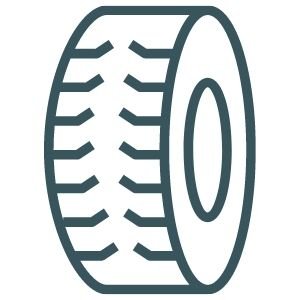
Rotating tires helps them to wear evenly. Many automotive experts believe that winter preparation is a perfect time to perform a tire rotation.
Keep the rolling direction the same, especially if you are using studded tires.
If you have the money, owning a set of summer and winter tires is ideal. That allows you to use the best equipment for the season you are driving in.
Winter tires used to be a hassle, as they did not perform well on roads lacking snow and ice. Today’s winter tires handle the various road conditions that you will face all winter long, including clear roads.
The extra traction and handling that they provide in cold weather make them worth considering.
Using Different Fluids

If you live in regions that experience severe cold weather, you might want to consider a fuel additive that will help prevent moisture issues in the fuel tank.
As stated in the previous section, make sure that your coolant is 50/50 between water and antifreeze (or another recommended mixture specific for your car or truck).
There are a variety of windshield washer fluids designed for winter conditions, and manufacturers even produce winter brake fluids should you find a need for them.
Add Interior Protection
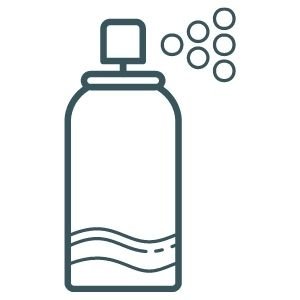
Mud, snow, and water can wreak havoc on your car’s interior. Consider adding some heavy-duty mats on the floorboard. You can also protect your interior with covers for your seat and steering wheel.
Make sure that your interior window surfaces and mirrors are clean. That will help with defrosting windows and melting ice build-up.
Cleaning your vinyl and adding a protective coat will help keep things looking nice.
Wash And Wax Your Car

Taking your vehicle to the carwash before the snow flies will help remove dirt and grime that has built up over the summer.
It also prepares the surface for a new layer of wax.
Waxing your car should be part of your winter preparation.
The wax protects against salt and de-icing products used on the roads during the snowy season.
4×4 Owners
The topics discussed previously are a great place to start. However, you will also want to check that your four-wheel-drive system is working correctly.
Make sure that you can transfer into each drive setting smoothly. Get any issues fixed as soon as possible.
Also, if you drive a pick-up, make sure to add extra weight to the bed of your trucks if they are empty. Many owners will place sandbags over the wheel wells to increase vehicle weight. That will help keep your tires in contact with ice and snow-covered roads.
It is worth pointing out here that AWD and 4×4 vehicles really benefit from using winter tires.

Stock Your Vehicle For Emergency Situations
Make sure to have the following items for when you have car problems:
- Ice scrapper – For clearing ice and snow from windows
- Jumper cables – Designed to fit your car’s battery
- Roadside flares – For safety when you break down
- Roadside hazard triangles – An alternative or backup for flares
- Hand tools for minor repairs and adjustments
- Flashlight -To see in low-light conditions
- Extra batteries – Cold weather drains batteries faster
- Shovel – To help dig you out of a situation
- Towing strap or chains (snatch-strap for 4×4 owners)
- Tire chains – Some regions legally require that you use them
- Ice melt and traction materials – Salt for de-icing, and cat litter or sand for added traction
Featured Articles
Pack things for your needs as well:
- Extra winter clothes – Hats, gloves, and jackets
- Blankets – To keep you warm when you break down
- Food and water – Keep a gallon of water and some non-perishable food items handy
- Electronic chargers – For phone, iPad, as well as a power bank
- Radio – Either battery-powered or hand-crank designs
- First aid kit – Stock for minor injuries and include extra mediations you take regularly
An overland essentials bag could be a good base for making your own winter emergency pack as well.

